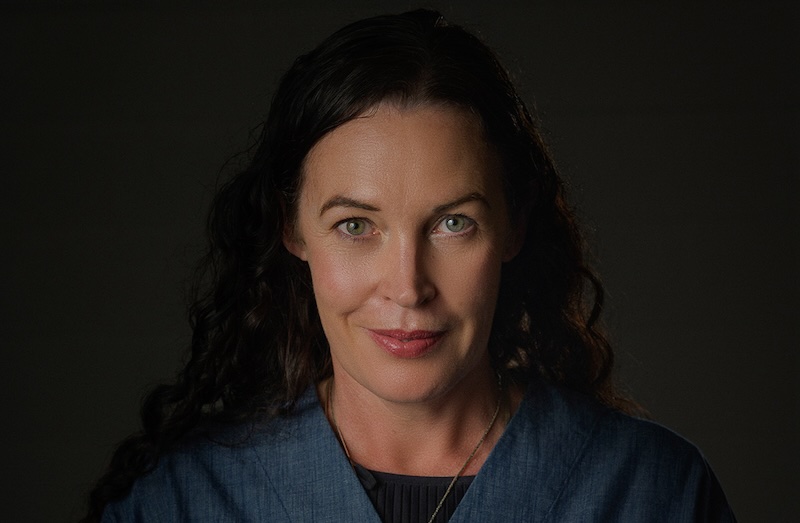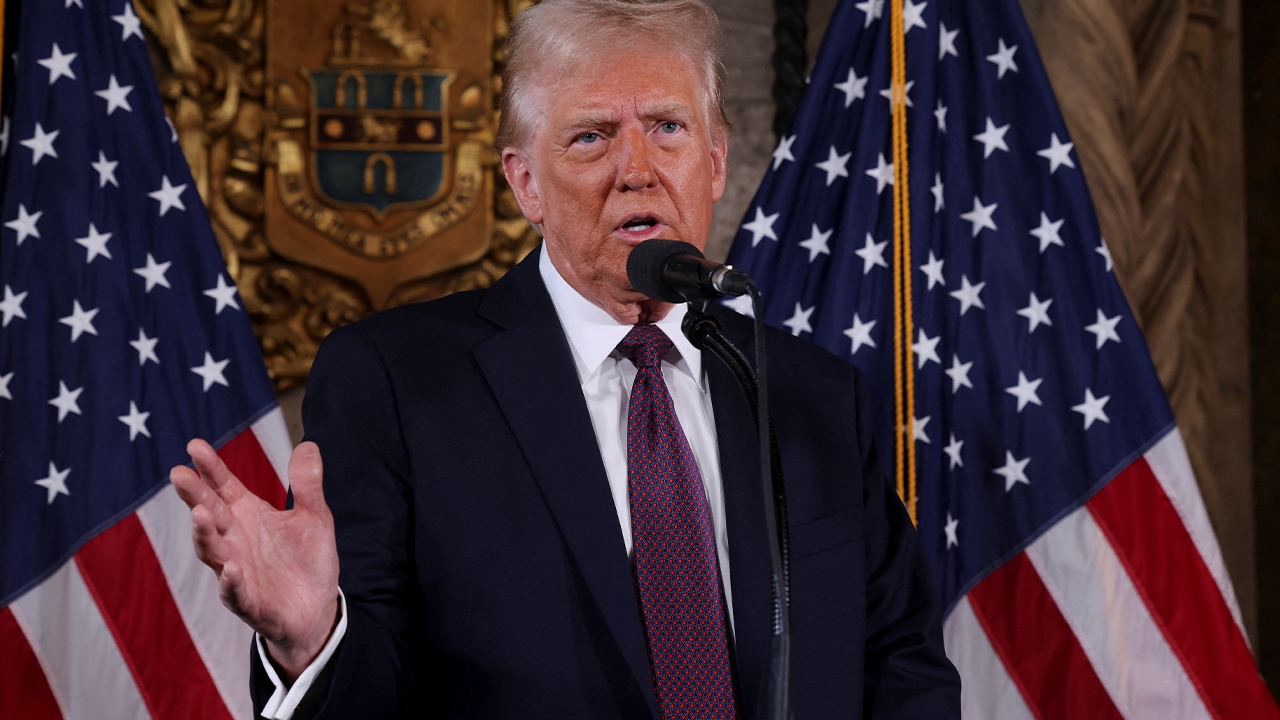*Zoe Walker Ahwa is Stuff’s style editor, and the co-founder of Stuff’s premium fashion and culture platform Ensemble
OPINION: It has been a long time since I’ve properly looked at Air New Zealand’s crew uniforms. But last week, on a flight to Wellington, I was bored and people watching – and a crew member’s waistcoat caught my eye.
The waistcoat, with its checkerboard pattern on the back featuring various ‘NZ’ motifs and the Australian saying ‘gidday’, is truly corny. It is the worst part of the Trelise Cooper uniforms that have been in rotation since 2011 – with their koru paisley print, pussy-bow blouses, sheath dresses with draping at the waist, pinstripe suit and pencil skirts and “twilight pink”, “godzone green” and “sky blue” colour palette.
READ MORE:
* Air NZ on the hunt for new uniform design
* Hainan Airlines’ new haute couture cabin crew uniforms are turning heads
* Jane Bowron: Uniforms Olympian in their mediocrity
* The best collaborations between airlines and fashion designers
That pink, and the instantly recognisable pattern, have now represented New Zealand and our national carrier for 12 extremely long years.
As I sat there eating my complimentary OSM bar and watching the crew make their way through the cabin, I became convinced that the current uniforms have done their job for over a decade, but it’s time to move on – to something that really does reflect Aotearoa today.
The current Air NZ uniforms came into rotation in 2011, following the Zambesi uniforms that staff had worn from 2005. Both have been described as ‘controversial’: Zambesi’s was considered drab by some, likened to the Thunderbirds and, according to reports, did not flatter fuller figures, while Cooper’s koru pattern was criticised as being disrespectful to Māori. Some took offence at its distinctive, and distinctly non-NZ, bright shade of pink.
John Selkirk/Stuff
Former Air NZ CEO Rob Fyfe (middle) in 2005, with staff and crew wearing the uniform designed by Zambesi.
In 2018, plans were afoot for new uniforms. The airline planned to ask designers to submit proposals for a fresh take, and there were rumours within the industry of a collaborative approach featuring elements created by different designers with a focus on sustainability.
The following year, the decision had been delayed – and then the pandemic hit. Priorities rightly shifted due to closed borders and grounded flights.
The airline reported three years of losses (it’s since rebounded back to $213 million profitability), and like many businesses at the time, restructured due to the unprecedented times.
Stuff
The Air NZ uniform by Trelise Cooper features a “sky blue” option.
Today they’re facing the problem of too many passengers, and not enough planes or crew to fly them, so refreshing uniforms is probably not at the top of the priority list (yes it would also be a huge cost, but so are the extravagant safety videos they’ve done over the years). But I’m here to plant the seed of change.
The main requirement of an airline uniform is in its function (and safety), but snazzy options have always been used as another marketing tool, ideal for branding and grabbing headlines – and attention while crew are actually at work. Working with a fashion designer is a way to get press, and to show pride in the country they’re representing in the air.
Since the 1960s high-fashion names like Dior, Balenciaga and Christian Lacroix (Air France), and Chanel and Pierre Cardin (Olympic Airlines) have designed uniforms for high-profile airlines. Pierre Balmain designed a uniform for Singapore Airlines in 1968 that’s still in use today; a rare example of a uniform with staying power.
Martin Grant created Qantas’ uniforms in 2018, replacing the famous boomerang dress designed by Peter Morrissey that had been in place for 11 years. Air NZ has had everyone from Nina Ricci to Thornton Hall and Barbara Lee design uniforms in the past.
More recently, contemporary designers have been tasked with creating uniforms that are in step with modern times.
The late Vivienne Westwood designed Virgin Atlantic’s vibrant uniforms, which offered a gender neutral update of their uniform policy last year to allow all staff to choose what they wanted to wear, “no matter their gender, gender identity or gender expression” (they also implemented optional pronoun badges).
In January, British Airways revealed their first new uniforms in 20 years, designed by Savile Row trained designer Ozwald Boateng. “Designing this uniform was a vast and painstaking undertaking and it went far beyond clothes. It was about creating an energetic shift internally,” he said in a statement, also commenting on how they reflect “what it meant to be British today”.
That may seem a lofty goal for a humble work uniform, but how we dress – day to day, and in our working lives – is a means of self-expression and showcase of identity. And whether we like it or not, national carriers are a showcase of us on a local and global stage – and that includes the uniforms.
In 2018 when Air NZ was set to update their look, then general manager global brand and content marketing Jodi Williams said that the customer-facing uniforms were “a visual representation of New Zealand on the world stage” and needed to “capture the New Zealand spirit”.
Post the worst of the pandemic, as Aotearoa has changed dramatically and re-opens to the world, it’s time for our own to reflect who we are now – not who we were in 2011.
Finding the right name today will be tricky, and I’m not convinced that some of our ‘young’ designers are up to the task of creating something that could flatter many bodies and complexions, but there are plenty of options to explore.
Juliette Hogan, with her penchant for casual tailoring and painterly prints and a broad customer base, would be an obvious and clever choice. Brands like Paris Georgia, Maggie Marilyn and Wynn Hamlyn would be wild cards, but interesting – and represent NZ fashion’s ‘new’ generation. Designer Kiri Nathan would bring an essential te ao Māori perspective.
It’s time for Air NZ to update their uniforms. It is time for us all to say goodbye to that hideous waistcoat.





















Discussion about this post